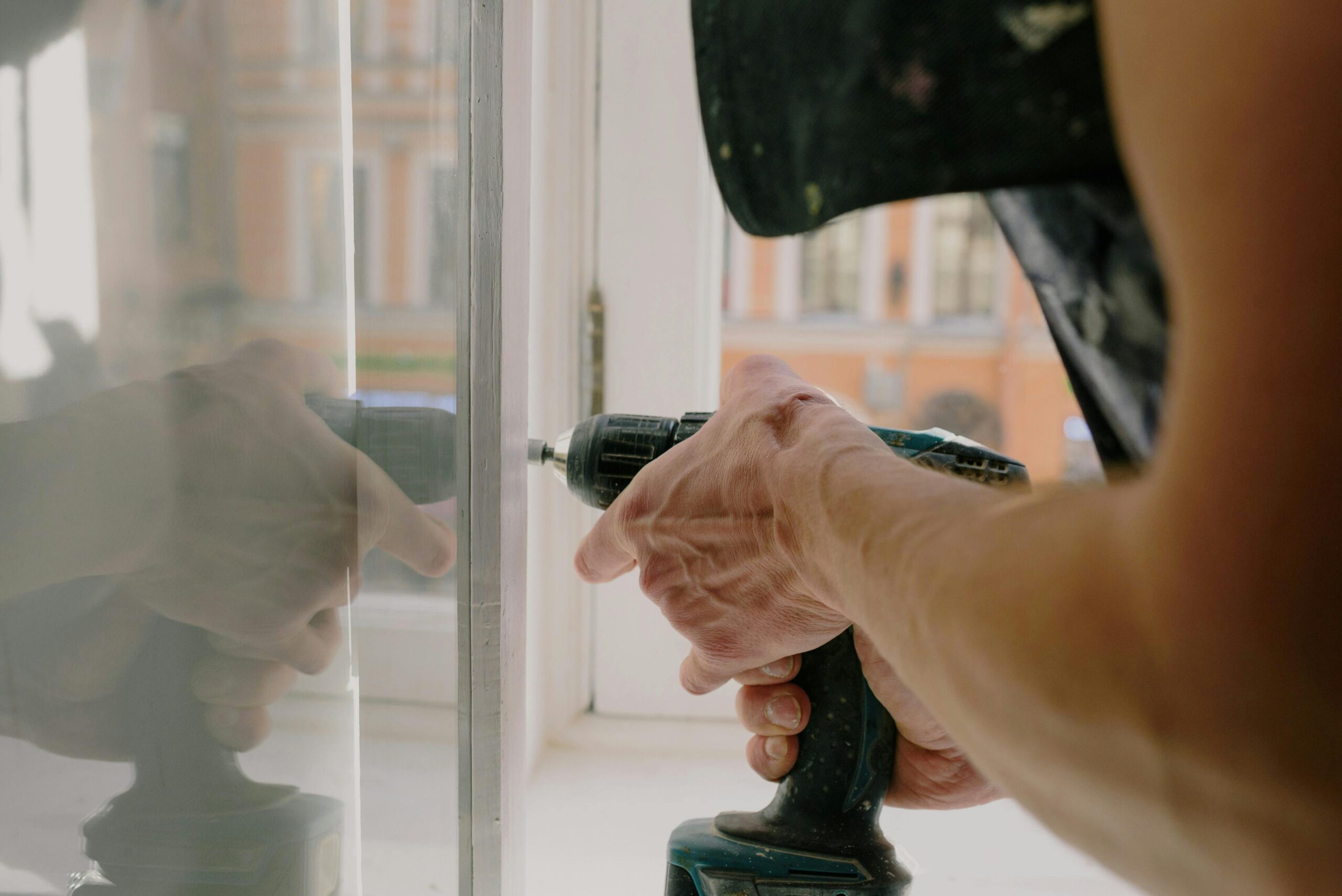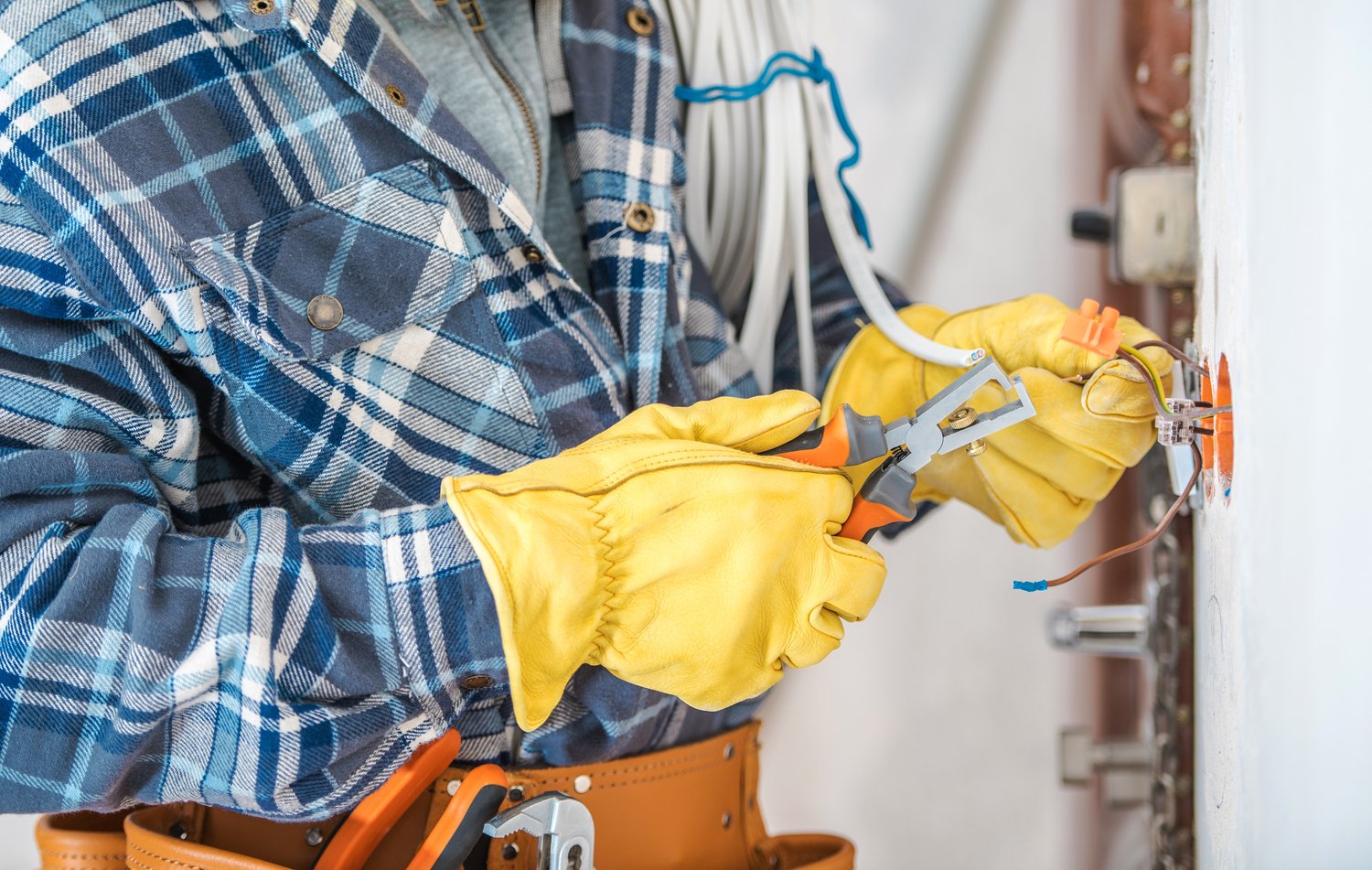Whether you’re updating a few panes or replacing every window in your home, understanding what goes into the cost of window installation can help you plan with confidence. With rising material prices and evolving efficiency standards, 2025 brings new considerations for homeowners. The good news? A well-timed investment in energy-efficient windows can pay off in comfort and long-term savings.
Why Window Installation Costs Are Rising
Like many home improvement projects, window installation has seen price increases in recent years. The cost of raw materials—particularly vinyl, fiberglass, and aluminum—has gone up, along with transportation and labor expenses. On average, homeowners in 2025 can expect to spend between $400 and $1,200 per window, depending on the window type and installation complexity.
Types of Windows and Their Price Ranges
The style of window you choose plays a significant role in your overall budget. Single-hung windows remain one of the most affordable options, while casement, bay, or custom-shaped windows typically come with a higher price tag. Energy-efficient windows with triple-pane glass, gas fills, and low-E coatings may cost more upfront but help reduce heating and cooling bills year-round.
Factors That Affect Labor Costs
Professional window installation fees vary based on the difficulty of the job. Installing new windows in existing frames costs less than modifying walls or structural framing. Two-story homes and those with hard-to-reach windows may also see a labor surcharge. Keep in mind that working with a trusted contractor ensures the job is done safely and up to code, saving you from costly mistakes down the line.
Energy Efficiency Is Worth the Investment
Energy-efficient windows can have a noticeable impact on your home’s comfort and utility bills. Look for ENERGY STAR® certified products when comparing options. While these windows may cost 10–20% more than basic models, they can reduce energy loss by up to 30%. In the long run, they often pay for themselves through lower energy usage and improved home value.
Full Replacement vs. Retrofit
There are two main methods for window installation: full-frame replacement and retrofit (or insert) installation. Full replacement is more expensive because it involves removing the entire window and frame. Retrofits fit new windows into the existing frames and are less invasive. A professional window installation expert can help you decide which option makes sense based on your home’s age and window condition.
When to Replace Your Windows
Several signs may indicate it’s time for new windows: drafts, condensation between panes, rising energy bills, or difficulty opening and closing. Homeowners often overlook window issues until they cause major discomfort or damage. If you’re noticing any of these problems, it may be time to consider upgrading. For window replacement tips, assessing your home’s needs early can help you budget wisely.
Customizations Add to the Price
Special features like decorative glass, custom frame colors, interior grilles, or soundproofing will add to your project total. However, these upgrades can also improve aesthetics, increase your home’s value, and contribute to everyday comfort. It’s worth getting a few quotes to weigh the benefits of each upgrade before making final decisions.
Permit and Inspection Costs
Depending on your local building codes, permits or inspections may be required for window replacement. Permit fees typically range from $50 to $200 and ensure your installation meets safety standards. If your project involves structural changes, inspections help ensure the work is compliant and properly documented for future resale.
Tax Credits and Rebates for Energy-Efficient Upgrades
2025 continues to offer incentives for homeowners who invest in energy-saving home improvements. Tax credits for energy-efficient windows and doors may be available through federal or state programs. Be sure to keep receipts and product information to claim your credit when filing taxes, and check if your utility provider offers additional rebates.
How to Budget for a Window Installation Project
Start by evaluating how many windows need replacement and their average cost. Then, factor in labor, customization, and any additional services like trim repair or repainting. It’s smart to pad your budget by 10–15% to accommodate any surprises. An experienced contractor from AskHomey.com can help provide an accurate estimate and guide you through the process.
DIY vs. Professional Installation
While a skilled homeowner may be tempted to tackle window replacement solo, most installations are best left to professionals. Precise measurements, proper sealing, and code compliance are all critical for long-term performance. Working with a qualified pro ensures the windows function as designed and protects your warranty coverage.
Long-Term Value of a Quality Installation
Beyond curb appeal, a proper window installation offers better insulation, improved security, and noise reduction. Investing in high-quality materials and professional work can enhance your home’s livability and resale potential. Whether you’re staying put or planning to sell, new windows are one of the smartest upgrades you can make.
Where to Start Your Project
If you’re ready to move forward but unsure where to begin, AskHomey.com connects you with trusted professionals who specialize in window replacement. From estimates to final walkthroughs, having expert guidance can make all the difference in a smooth, stress-free project.
For more inspiration, follow AskHomey on Instagram and Facebook.



